[Editor’s Note: In September 1985 Richard Whelan published his authorized study, Robert Capa: A Biography (Knopf), a project supervised by Cornell Capa and subsidized by the Capa estate. Later that fall Jim Hughes wrote a substantial review of Whelan’s book, published in the January 1986 issue of Popular Photography, to which he was then a consulting editor.
Hughes brought to this review his own expertise and convictions as a biographer — he was then at work on Shadow & Substance, his definitive biography of W. Eugene Smith (McGraw-Hill), published in 1989. In his critique, Hughes challenged aspects of Whelan’s methodology — specifically, his failure to provide footnotes or endnotes for his sources — as well as his conclusions in relation to two prominent sets of Capa’s pictures: the one that includes “The Falling Soldier” from 1936 and the one that includes his Omaha Beach exposures.
So I need to correct the impression that our team has been the first to question the myth of the melted emulsions in LIFE‘s London darkroom. I believed that when we started out, unaware then of Hughes’s pointed public questioning of the received version of the D-Day story, and his broader challenge to Whelan’s overall credibility and commitment to the obligations of scholarship. I thank Hughes for bringing his commentary to my attention, and happily cede pride of place to him on all these counts.
True, Hughes did not broach these issues in a periodical much read by historians and critics and curators and other professionals (Pop Photo has always aimed itself at the amateur-photographer market). Nor did he pursue it at the length we have. Nonetheless, as a respected writer and editor in our field, Hughes opened that debate almost 30 years ago, raising the issue repeatedly and confronting Whelan about it. (See his concluding note.) His doing so surely should have put Whelan, Cornell Capa, and others on notice that they needed to support the story with hard evidence, or else modify it. Instead, Whelan and his collaborators doubled down on it, as our investigation has made clear.
Whelan responded to the review in a short letter to the editor, published in the April 1986 issue of Pop Photo along with a short reply from Hughes. With the permission of Hughes, I have excerpted the salient passages from his original review and the two letters, to which Hughes has added his own closing comments. This appears below. Click here for a PDF file of the full review and extracts from the exchange of letters. — A. D. C.]
•
Robert Capa: ‘The Man Who Invented Himself’
An important biography of a major photojournalist raises questions about truth in packaging
by Jim Hughes
Robert Capa, Richard Whelan’s important and troubling biography of the man once known as “the world’s greatest war photographer,” has already received a first wave of critical praise, been excerpted in American Photographer, and optioned as a television miniseries — all of which, I might add, is well-deserved. …
Robert Capa’s life was itself enveloped in legends, mostly of his own making, and Whelan goes to great lengths — indeed, it seems to be the central thrust of his book — to separate fact from fiction. In the first 95 pages alone, which follow the photographer to 1935, Whelan cites some half-dozen instances of Capa’s having told or written stories about himself that were at variance — often great variance — with the truth. …
But after proving beyond question Capa’s essential unreliability with the facts, Whelan himself seems to fall victim to his subject’s yarn-spinning skills. On page 100 begins the story of a photograph made in 1936 that through the years has taken on a life of its own. The picture shows a Spanish Loyalist soldier falling, arms thrown back, purportedly at the moment of death from the bullet fired by a fellow Spaniard who happened to be of a different political persuasion. The picture was published in Vu and Regards in 1936, Life in 1937, and for many around the world, became — and is still — a potent symbol of war. From this one picture grew Capa’s early fame.
Of late, the picture has also become the subject of considerable controversy. In his 1975 book, The First Casualty, Phillip Knightley, quoting various sources — each with a different story — cast a pall of doubt over the authenticity of this, Capa’s single most famous photograph. He offered scenarios that ranged from journalist O’Dowd Gallagher’s claim that the picture was shot not in battle but on a training maneuver, to writer John Hersey’s image of Capa crouching in a trench, arms over his head, tripping his shutter blindly at the sound of machine-gun fire (as related in Hersey’s 1947 article, “The Man Who Invented Himself”). Both stories seem to have begun with Capa himself. Knightley’s least likely tale has somebody other than Capa taking the photograph.
Whelan takes pains to counter Knightley’s sources, but never, in fact, mentions Knightley’s book in his text. Whelan does provide some disturbing visual evidence: a second picture from the same sequence, of an entirely different soldier falling in precisely the same spot, at virtually the same moment, as the “dead” soldier. “We may well then ask,” Whelan writes, “why it is that although the two men fell within a short time of each other (the cloud configurations are almost identical) in neither picture do we see the body of the other man on the ground.”
Whelan refers to, but does not relate, other, still different stories about the event. One that I have heard — from a source I consider reliable — has Capa admitting to photographing a band of militiamen horsing around, as one after the other ran over the crest of a hill and, at a particular spot, acted as if shot for Capa’s prefocused camera. Capa, by now in tears, then dramatically announced that due to his presence, one of the men actually was shot by an unknown sniper at the instant of exposure.
Despite his own compelling evidence, Whelan finally begs the question and writes, “But in the end, after all the controversy and speculation, the fact remains that Capa’s Falling Soldier photograph is a great and powerful image … To insist upon knowing whether the photograph actually shows a man at the moment he has been hit by a bullet is both morbid and trivializing, for the picture’s greatness ultimately lies in its symbolic implications, not in its literal accuracy as a report on the death of a particular man.”
But by this time, Whelan had convinced this reader that Capa’s consummate skills as a storyteller were blended with a cavalier attitude toward the facts and dates of his photographs. For Whelan to withhold the logical conclusion of his own irrefutable argument was, I must admit, a shock to my system. Symbolic implications aside, Robert Capa presented himself to the world as a journalist, and I have every right to know whether the image long considered photography’s truest evidence of man’s inhumanity to man was, in fact, a fiction. It would be as if our alphabet suddenly had lost the letter “w”. The language — and photography is a language — would be forever altered.
Whelan’s treatment of Capa’s second most famous photograph — the gritty picture of a helmeted soldier pushing through the water on D-Day, 1944 — is also questionable, but for reasons that are not entirely of Whelan’s doing. He relates the oft-told story of Life‘s London darkroom having ruined the negatives of all but 11 of Capa’s 72 photographs by leaving the film in the drying cabinet with the heat on high and the door closed. “With no air circulating, the film emulsion had melted,” Whelan explains. “But not quite all was lost … eleven pictures were printable. They were, however, slightly blurred. Life disingenuously explained in one caption that the ‘immense excitement of [the] moment made Photographer Capa move his camera and blur [his] picture.’ … Ironically, the blurring of the surviving images may actually have strengthened their dramatic impact …”
Again, we turn to the visual evidence, the photograph itself on page 149 in Robert Capa Photographs, and discover that while, yes, the soldier, the landing craft, indeed all the subject matter, are definitely blurred, the grain is coarse and sharp. In all my years in photography, I have never known of a film emulsion to run as a result of dry heat, only to blister and peel and perhaps actually burn. Emulsions have been known to reticulate and sometimes separate and run due to overheated chemical solutions, but the sharp grain in the print indicates that that was not the case here.
I don’t believe that Life‘s caption writer was being disingenuous at all: he could see with his own eyes that the picture was blurred because Capa moved his camera during the exposure. For further proof, turn to pages 150-51 of Robert Capa: Photographs [published simultaneously with the biography, and discussed elsewhere in this review — Ed.], and find two more pictures from the same sequence. One of them is blurred, and one of them is sharp; but both have the same grain structure. On this point, not crucial to an understanding of Capa but certainly important in terms of setting the historical record straight, Whelan seems simply to have lacked the technical expertise to challenge one of his sources. …
Whelan refers to many interviews conducted with Capa’s friends and associates over the years, but rarely quotes them directly, and never extensively. And although Whelan lists at the back of the book 172 people who were interviewed or corresponded with, he provides no cross-referenced source notes with the text.
I have the same criticism for his otherwise thorough bibliography; when he provides new information or revises a previously accepted sequence of events, he often chooses not to cite his sources, no doubt to avoid interfering with the narrative flow.
Whelan is authoritative and I believe what he presents; but without source notes, the serious student of photography is left curiously unsatisfied. …
[Popular Photography, Vol. 93, No. 1, January 1986, pp. 58-59, 115.]
•
“Letters: Capa controversy”
… Hughes … objects to my acceptance of the story of Capa’s D-Day negatives having been ruined or damaged during processing in London. He bases his argument largely on the analysis of the grain structure in the reproductions in the Capa photograph book. Although Hughes is undoubtedly more of an expert on the technical side of photography than I am, it strikes me as rather risky to base such subtle technical judgments on photomechanical reproductions of prints made from copy negatives (the latter made long ago because the original 35mm negatives were too damaged to print from repeatedly).
Richard Whelan, New York, N.Y.
[Hughes replies:] … My objection is to Whelan’s acceptance of the oft-told tale that the D-Day negatives’ emulsions had melted and run during drying, causing blurred pictures. My conclusion, that the blurring was caused by camera shake, had been reached long before the publication of Whelan’s book, and was based on personal examination of prints, not on his book’s reproduction.
Jim Hughes
[Popular Photography, Vol. 93, No. 4, April 1986, p. 90.]
•
Postscript, August 23, 2015: Most significant, of course, is Whelan’s refusal here to consider, or reconsider, the technical implausibility of the London darkroom explanation, a mistake he inexplicably continued to compound right up to 2007. Nor did he ever address, publicly at least, several of my other serious concerns, particularly those regarding source notes and research transparency.
Also in his 1986 letter to the editor, Whelan notably did not address the absent 1982 Hansel Mieth letter* that finally — years later, after public prodding from me — he admitted to having had in his possession all along, even while he was writing this book, and which in 2002 he came to accept as the most reasonable explanation of the by then infamous episode. [He made that confession in his article “Robert Capa’s Falling Soldier: A Detective Story,” Aperture No. 166, Spring 2002, pp. 48-55. Click here for a PDF thereof. — Ed.]
Meanwhile, the real story was right there in my review. I didn’t name Mieth as my source because she had told me the story in confidence, but Whelan surely knew that she had served as my source for this. The facts are these. I had interviewed Hansel Mieth in 1982 as part of my Smith book research. Shortly thereafter, John Morris, an old friend and co-founder — along with Howard Chapnick and myself — of the W. Eugene Smith Memorial Fund, told me about a letter he’d just received from Mieth that related an astonishing story about how Capa had come to make the “Falling Soldier” photograph.
Please understand, I didn’t know that a few years later I’d be writing a book review about Capa’s life. I simply wanted to hear the story for myself, and called her. Mieth told me essentially the same story but, knowing me as a writer, requested anonymity, which I honored in this 1986 review and in 1997 as well, when I again offered the story as a believable scenario during a lengthy online discussion of the controversial photograph.
But it wasn’t until 2003 that I realized that Whelan had had in his possession all along, even while writing his book, essentially the same letter that Morris had originally received. Whelan finally quoted the letter briefly in his 2002 Aperture article and identified Mieth, which caused me to engage him in an extended and somewhat spirited, even rancorous, debate on the PhotoHistory online mailing list in 2003. It was there that he quoted the letter in greatest detail. But, to the end, he remained evasive and defensive about his reasons for keeping Hansel Mieth’s revelatory tale hidden for so long. — J. H.
[*Note: In brief, in that letter the photographer Mieth — the unnamed “source I consider reliable” in Hughes’s review — recounted hearing Capa confess voluntarily to her husband, photographer Otto Hagel, that a sniper had shot the Spanish loyalist in that image while he and his companions staged war scenes for Capa. Astonishingly, even after acknowledging this, Whelan concludes his 2002 article thus: “May the slanderous controversy that has plagued Robert Capa’s reputation for more than twenty-five years come now, at last, to an end with a verdict decisively in favor of Capa’s integrity. … Such solid evidence as there is all supports the authenticity of Capa’s great photograph.” — Ed.]
All texts by Jim Hughes © copyright 1986, 2015 by Jim Hughes. Reprinted by permission.
•
(For an index of links to all posts in this series, click here.)
•
In 1980, Jim Hughes conceived and edited the original Camera Arts magazine. In 1982, Hughes and Camera Arts received the National Magazine Award for General Excellence, and in 1983 he was named Editor of the Year by the National Press Photographers Association. Previously, after working in newspaper and magazine journalism, Hughes served as editor of Camera 35, from 1967 until 1975, and the Popular Photography Annuals, from 1975 to 1980.
His published books include the biography W. Eugene Smith: Shadow & Substance (1989), Ernst Haas in Black and White (1992) and The Birth of a Century: Early Color Photographs of America (1994). Hughes is a founder and past president of the W. Eugene Smith Memorial Fund, which administers the W. Eugene Smith Grant in Humanistic Photography and the Howard Chapnick Grant for the Advancement of Photojournalism. Hughes currently resides in Maine with his wife Evelyn, who did much of the research for the Smith biography. They established The W. Eugene Smith/Jim and Evelyn Hughes Research Archive at ICP in 2009. To contact Hughes, click here.
Photo credit: Portrait of Jim Hughes with his wife Evelyn at a portfolio viewing at 1981 SPE Conference. Photograph © 1982 by Bill Jay.


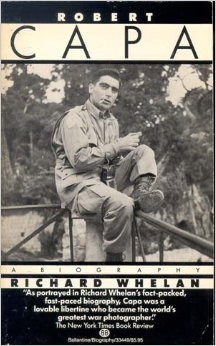
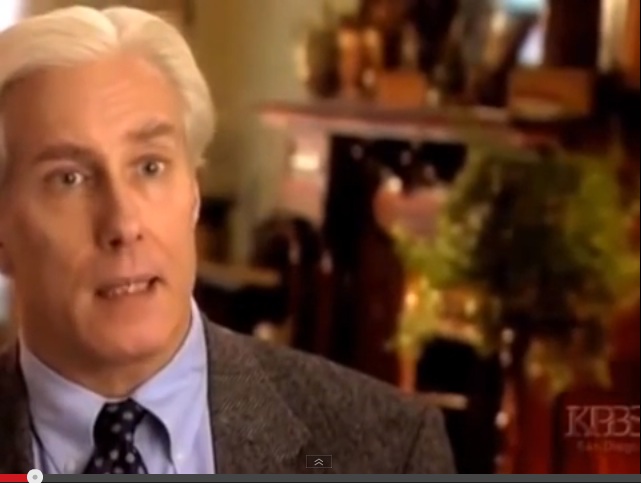
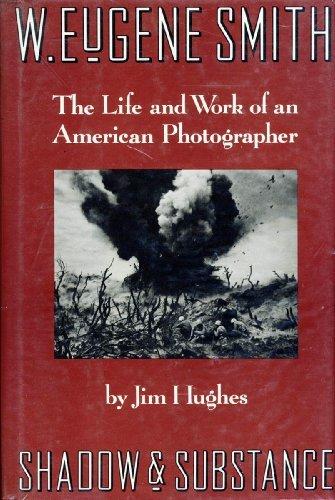
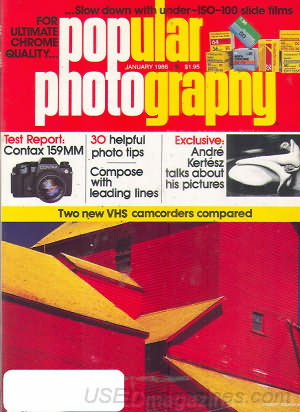
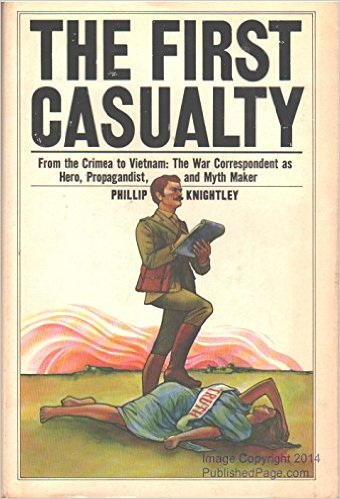
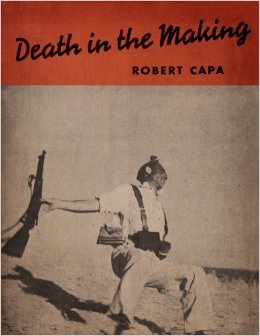
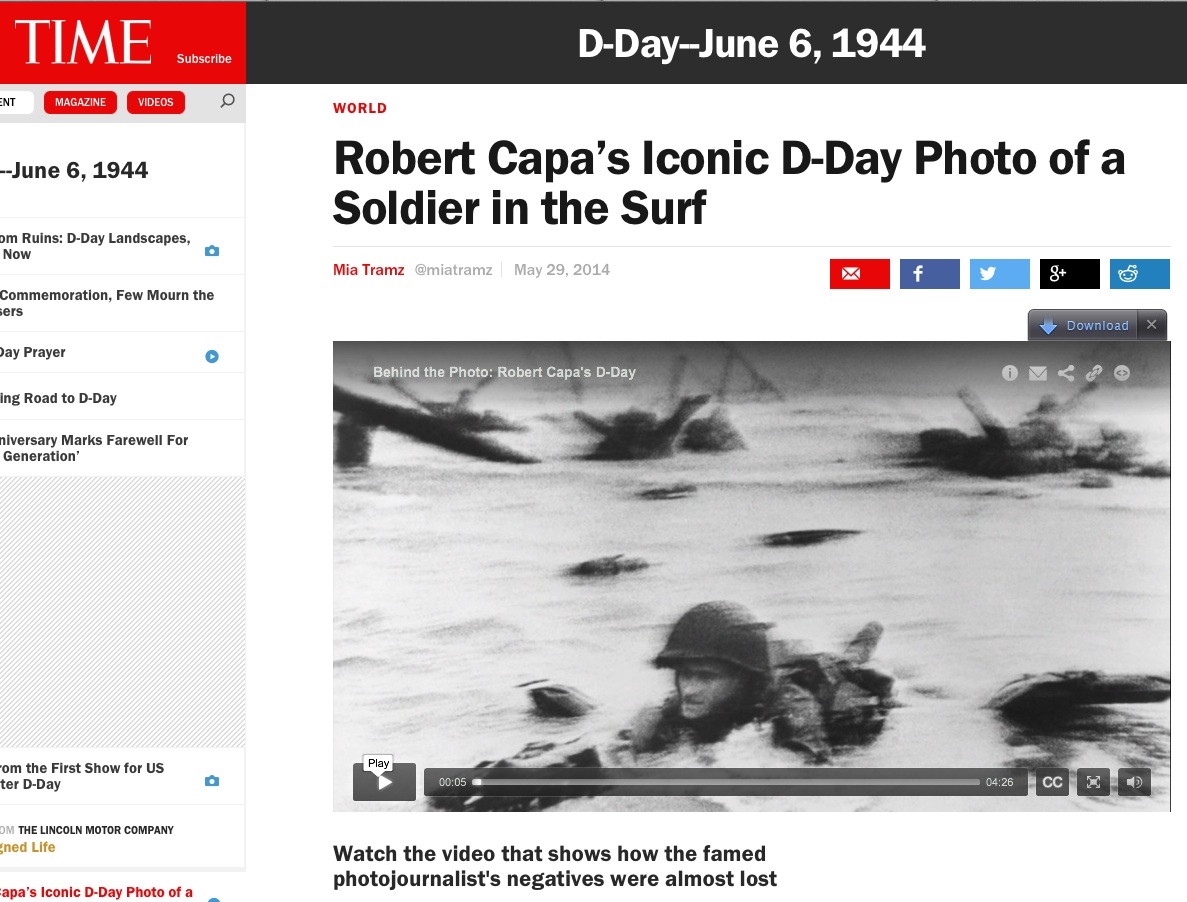
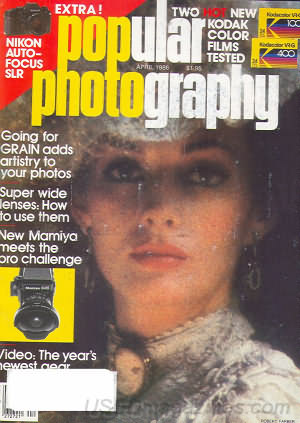
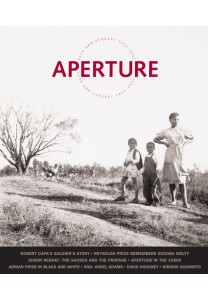
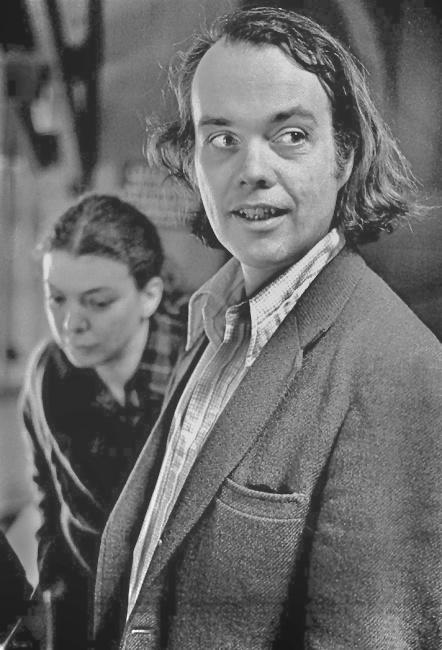




Leave a Comment